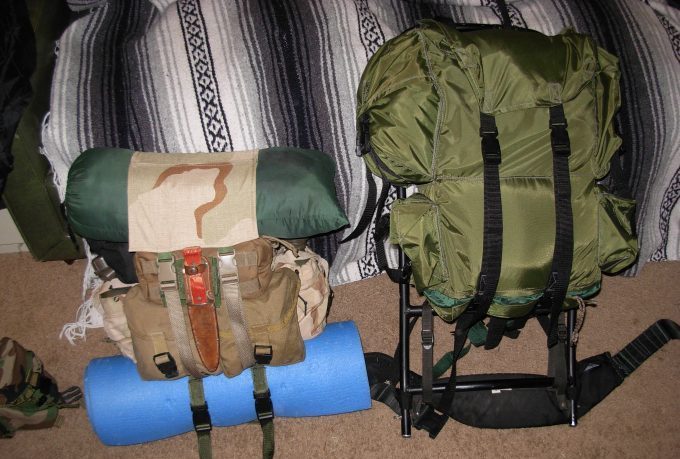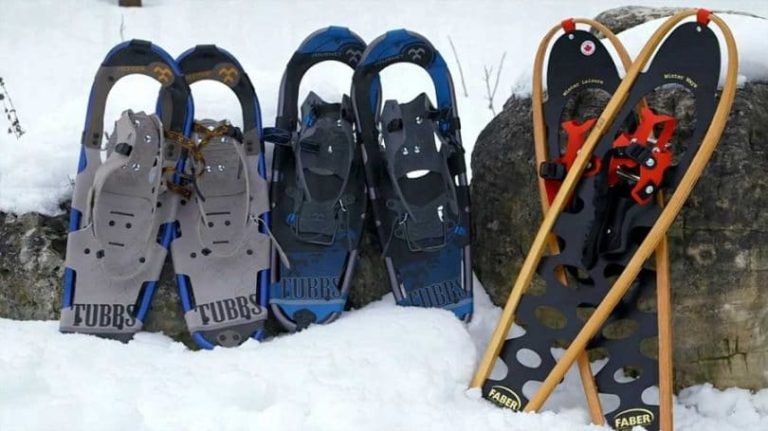How to Prevent Altitude Sickness: Tips and Tricks to Breathe Easily
We’re sure you know that the more you climb up when you’re hiking in the mountains, the more differences you’ll notice near the peak as opposed to the foot of the mountain. For instance, the air is colder and seems fresh, but it’s also drier. There’ll be a higher UV radiation too, so you need to protect yourself from that.
Along with more oxygen in the air, you’ll experience a lot less air pressure, too. If you react badly to that, you may have altitude sickness. Since this article is aimed at people who are interested to find out how to prevent altitude sickness, read along, we promise you’ll find a lot of interesting stuff here.
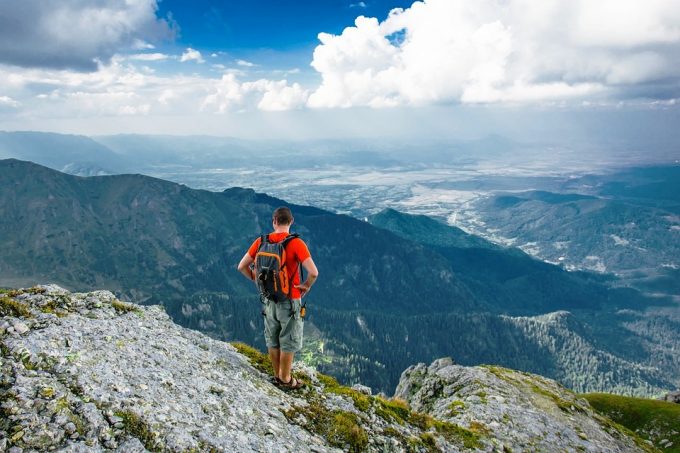
We’ll start with some tips and tricks on how to make sure altitude sickness doesn’t happen to you. But in case it does, we’ll tell you what to expect and how you can prevent things from getting worse.
Get your blood work done
There’s nothing like knowing for sure where you’re at in terms of avoiding or curing a certain affliction, including altitude sickness. The level of your red blood cells will tell you how well you can withstand climbing up the regular amount.
If your red blood cells are beneath the normal amount, you have anemia and that should be taken care of. You need to get to a normal level since the red blood cells are responsible for transporting the oxygen from your lungs throughout the body.

Apart from being prescribed a diet that’s rich in iron, you might also be encouraged to take iron supplements, depending on when your hiking trip is scheduled. Otherwise, you can correct your deficiency just through diet.
Your blood tests should also tell you if your calcium levels are normal. If they’re below the limit, you might experience nausea and dizziness, which is an explosive combination with the rarefied air of higher altitudes. So you might also need some supplements or better foods to treat your calcium deficiency.
Consider some prophylactic drugs
You should just consider this, don’t actually try to treat yourself before getting the advice of a real doctor. Plus, it’s always good to check with your GP before actually embarking on a quest like that, particularly in a foreign country.

If you’re planning a trip at over 9,000 feet that will extend for a couple of weeks, you might be prescribed a substance called acetazolamide. This drug is basically a diuretic that increases the frequency of urinations and your lungs ventilation.
So if you’re allergic to that, you can take other things with a similar effect. For instance, another diuretic that’s sold over the counter, like cranberry juice. You can even drink 1 or 2 liters of unsweetened nettle tea once you’re at base camp for the same diuretic effect.
On the other hand, your doctor might prescribe steroids since these decrease any swelling you might have in your lungs. In fact, some steroids have been used for a lot of time now to treat affections such as asthma because of their inflammation-reducing properties.
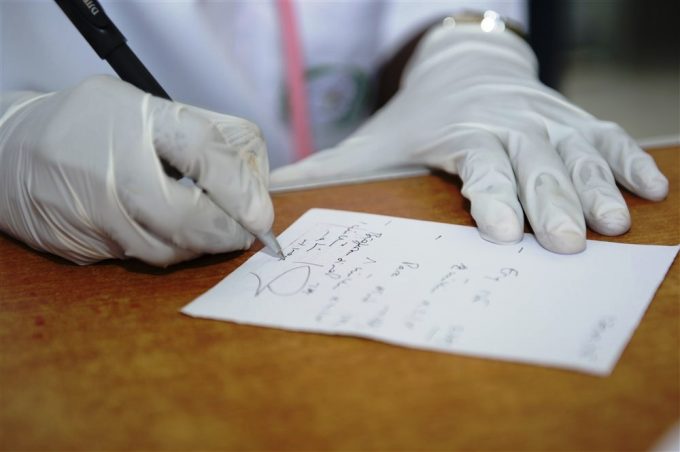
Also, ask your doctor about taking some ibuprofen prior to climbing very high as a preventive measure against altitude sickness. That’s because ibuprofen also reduces swelling and pain, and can be safely taken by adults for treating headaches.
Train your body
Since repetition is the mother of learning, you should teach your body a few things:
How to breathe efficiently
In this case, we recommend that you learn some breathing exercises and patterns to calm down. The 4-3 method is the best in terms of relaxing you and helping you to cope with intense exercise. That means you’ll inhale for four breaths, and exhale for three, for as long as you’re hiking.
That helps you take deeper breaths instead of shallow ones, and make sure you’re breathing well enough. But it also has a calming effect, helping you concentrate on a breathing pattern instead of the negative effects you might feel because of the higher altitude.

We recommend you try Yoga or Pilates for a few months or weeks before a very difficult trek. At least familiarizing yourself with multiple breathing patterns and exercises will benefit you no matter what sort of physical exercise you’ll try next.
How to deal with intense exercise
We love anaerobic exercises if you want to teach yourself how to avoid altitude sickness. For instance, High-Intensity Interval Training (HIIT) consists of 20 seconds of intense exercise, combined with 10 seconds of active rest.
But the 20 seconds demand you give 110% so you end up out of breath most of the times. Still, you are encouraged to breathe through these intervals. That will teach you how to control your breathing even when you feel like you can’t mustard another inhale.

The 10 seconds of active breath encourage you to regain control of your body. They also teach you how to recover your breath before another strenuous interval.
And together with training you how to breathe during intense exercise, HIIT will prepare your whole body for that next hike.
How to do them both
We recommend underwater diving because that teaches you how to do a physical effort with a huge water mass pushing on your lungs. You’ll get a similar feeling with altitude sickness like you’re out of air but have to push through it.

Another good way to do this is by going on more frequent hikes, every weekend or so if you can’t take some time off work. Each time, aim to hike to a higher altitude and sleep at various altitudes too. You’ll find out if you’re prone to breathing difficulties, or even what works to treat them.
Slow and steady does the job
Altitude sickness is mainly noticed at very high altitudes, but you might get it even if you go up to the 7th floor. So as with everything in life, you’ve got to get used to the differences between the first and the seventh floor very slowly.
This process is called acclimatization, and it depends on how high the summit you’re climbing is. For instance, you might get to about 8000 feet with no problems, but the issues begin if you’re planning to go higher.
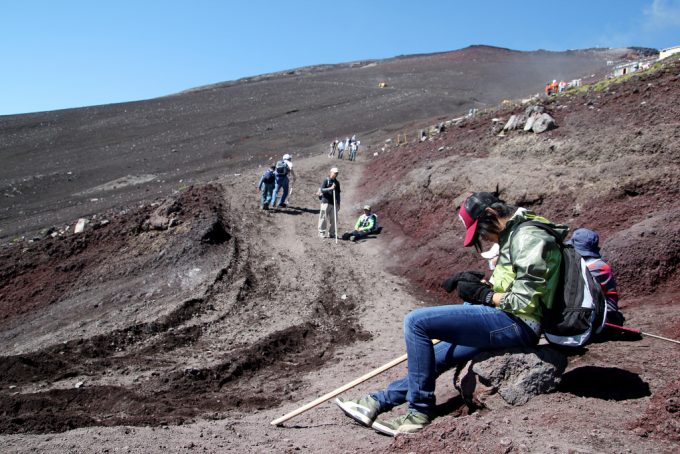
That’s the general rule for most people though; it might feel completely different for you. So if you’re experiencing the signs and symptoms of altitude sickness you need to stop and take it easier.
What if you’re planning to summit a higher peak?
The answer is easy: start with resting at the base camp. If you’re going higher than 9000 feet, perhaps if you want to summit a certain Himalayan peak, get a few days rest there.
How do you know when to stop?
You can either stop when you already feel ill, or you can establish certain pit stops along the way before starting your trek. The disadvantage of the first option is that you’re risking your health. Obviously, feeling sick is something you want to prevent.
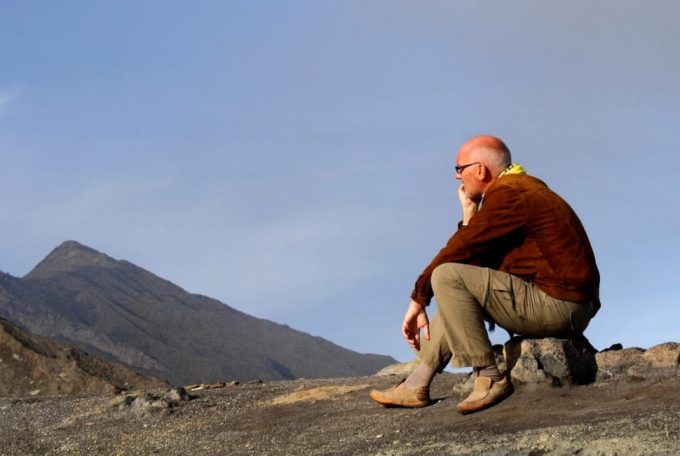
So even though it might take longer, it’s better to establish a few stops and organize your trip so you can avoid altitude sickness altogether.
Buying an altimeter is one sure way to know when a break is in order. But you can also consult a map before your trek, and mark your stops. Make sure you respect them, though.
What’s the maximum you can climb?
This depends on every person in particular, so there’s no black and white answer. However, it is recommended that hikers should avoid climbing more than 9,000 feet per day.
If you’re an experienced hiker and the terrain allows an easy climb, you can do about 9,500 feet, but don’t push your limits. Conversely, you might find that your limit is 6,000 feet altitude difference per day, and that’s ok too.

Sleeping is another issue altogether. A day hike might allow you 9,000 feet per day if that’s the maximum height you’re climbing too. But if you’re going a lot higher, you should make sure your camping spots are located at a difference of about 1,500 feet from each other.
And a day’s worth of rest between every couple of nights spent at the campsite is even better. That’s enough time to train your lungs how to breathe the rarefied air, and your brain learns to deal with an air that’s richer in oxygen too.
Rest and sleep work wonders
If you’re preparing a more intense trek, you might be going in a different time zone too. That’s bound to make you feel increasingly tired, which accentuates the negative effects of a stronger air.
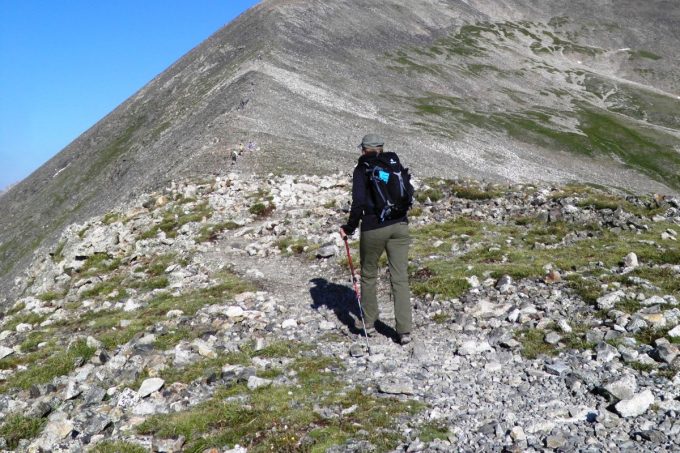
That’s why altitude sickness is pretty common when traveling abroad too, even if you’re not affected by it at home. When you’re tired and your sleep pattern is all messed up, a higher oxygen concentration will make you feel dizzier, and give you a lot more headaches.
What if I’m traveling abroad for my next trekking expedition?
That’s a very dangerous cocktail. Obviously, you shouldn’t put on your hiking shoes immediately after getting down the airplane. You should have a hotel or hostel reservation made in advance, so you can get a good night’s sleep before.
After a night or two when you’ve got your sleep back on track, you’re safe to travel to the campsite. You can then spend another couple of nights there, before beginning your ascent. That recommendation is especially intended for people who are planning to summit a very high peak or for people who have already experienced an episode of altitude sickness.

And don’t think you’re missing out on anything if you’re resting. You can explore the area, take some nice photographs or do some minor hikes to get yourself all warmed up.
Water is a real panacea
Don’t forget to hydrate before and during your trek. This is particularly important if you’re going on a prolonged hiking trip, that demands extended physical and psychological effort. You’re going to test your limits, so the last thing you need is a weak body.
You need to up your daily water intake to about 50% more than the usual recommendation. That sums up to 3 liters of water per day, maybe even 4 if you’re doing intense climbing. That will help alleviate any sort of dizziness felt, along with possible headaches.
Proper hydration also means reducing substances and drinks that dehydrate you. We recommend no alcohol because that takes the water out of your cells. It also slows your respiration so you can’t cope with the rich mountain air.
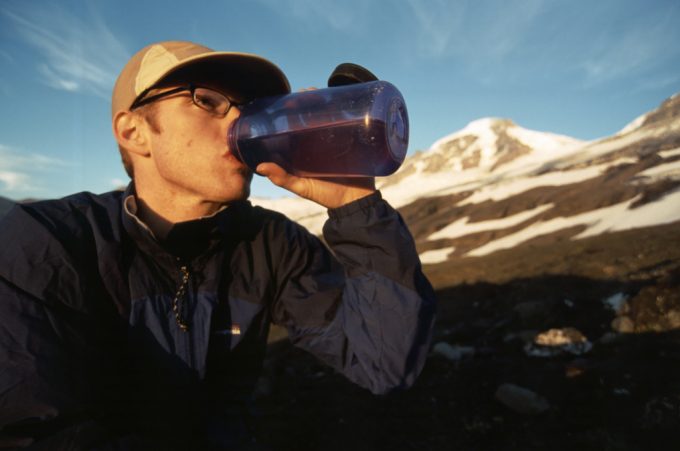
Some experts advise cutting back on caffeine too because it’s dehydrating. However, if you’re an avid coffee drinker, that might do you more harm than good since you’ll experience withdrawal symptoms that affect your breathing and might cause migraines.
We do advise you to say no to all sodas and energy drinks that have caffeine in their ingredients. That, along with the high amount of sugar they contain, will demand a lot more water so you can stay hydrated.
Eat a nutritious diet
You should eat to feel full, but you should also eat well. With all the eating clean hype, people aren’t sure what’s safe or not anymore, so we recommend eating real foods. Don’t buy an intensely marketed magic powder that’s promised to be the cure of all inconveniences.
Instead, you need to focus on eating plenty of vegetables and fresh fruit, along with whole grains and cereals. These food items are rich in fibers and good carbs. Our body preferentially burns carbohydrates for energy so you need them for the physical effort demanded by a strenuous hike.

But you also need carbs and fiber because they’re nutritious and make you feel happy. Unlike the sweets that have a lot of bad carbs (e.g. sugars) which are burnt really fast, good carbs and fiber are burnt slow but steady. That will improve your mood throughout the day, making you less vulnerable to the negative effects of altitude sickness.
But carbohydrates have been linked to better oxygen saturation too. So although it’s getting harder to breathe while climbing up, and therefore taking small, shallow breaths, with a decreased quantity of oxygen, the carbs you eat will improve the oxygen level in your body.
Signs and symptoms
You might do all the things above, yet still get altitude sickness at which point you need to act fast. Recognizing the symptoms enables you to take preventative action against a worse form. Don’t skip this section; you never know if it could happen to you or someone in your group.

From acute mountain sickness, you can get to cerebral or pulmonary edema. These entail swelling in your brain and lungs because of the higher pressure and rarefied air. Because your body will want to absorb more oxygen, your brain vessels will expand and your blood vessels will constrict. Fluid will leak from these vessels into the lungs, thus causing their inflammation.
The signs you’ll notice are:
- Increased ventilation, with short and shallow breaths
- Circulatory changes, including a higher heart rate even when resting and higher blood pressure
If these symptoms advance and worsen, you might get to pulmonary hypertension and even heart failure.
But the blood flow to your brain starts to increase with the first steps of your hike. Curiously, it will not go down to the previous level until a week after you’ve gone home. AT 12,500 feet, the increase is 24% which is a lot.

The symptoms of your altitude sickness will be noticed up to 12 hours after you start climbing, and include:
- Dizziness
- Fatigue
- Heart palpitations
- Insomnia
- Nausea
- Sleep apnea
- Trouble breathing
- Vertigo
If you’ve gone to the stage of cerebral edema, you might find your brain doesn’t cooperate anymore and you’ll be behaving weird or
- Confusion
- Shorter attention span
- Slurring
- Trouble remembering things
- Trouble walking straight
Pulmonary edema manifests itself through:
- Chest pain
- Coughing
- Feeling faint
- Shortness of breath when you’re resting
- Wheezing
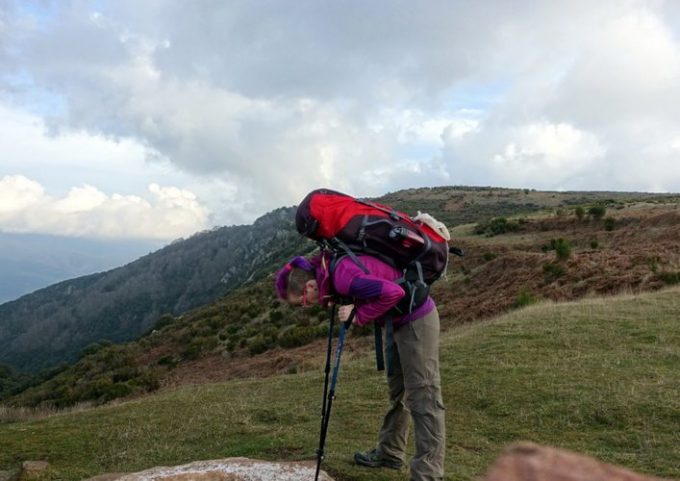
If enough oxygen doesn’t get to your lungs, your extremities might even turn gray or blue. You’ll notice this especially around your eyes and around your mouth.
What to do?
If you’re experiencing altitude sickness, follow the steps below:
- You should take the prophylactic treatment recommended by your GP
- In case you have mild symptoms, rest for a day and check if your symptoms have disappeared
- If you’re still experiencing distress after that, climb down 1,000 feet
- If you have severe signs of altitude sickness, try to get to a lower altitude without waiting
- If you have a Sherpa guide with you, they might administer oxygen so you can feel better for your descent
- If you’ve fainted and lost consciousness, you’re clearly experiencing medical issues beyond any at home remedy that includes rest and hydration, and you’ll be carried down by your group
Under any circumstance, you must not:
- Climb any higher
- Sleep at a higher altitude, if you ignored our advice and actually climbed higher
Get the right advice
When dealing with altitude sickness, we advise you to consider medical input prior to your trip. There’s a large array of heart and lung conditions that might prevent you from hiking at a really high altitude. Same goes for pregnancy, even if it’s not technically an ailment.

You’ll also be told what to do and what to take, personalized on your specific medical background. As you might have noticed, our advice on how to avoid altitude sickness is of a general nature, for that exact reason.
But if you have other tips that work, maybe even some at-camp remedies you want to share with your fellow-readers drop us a line. The comment section is just below.


